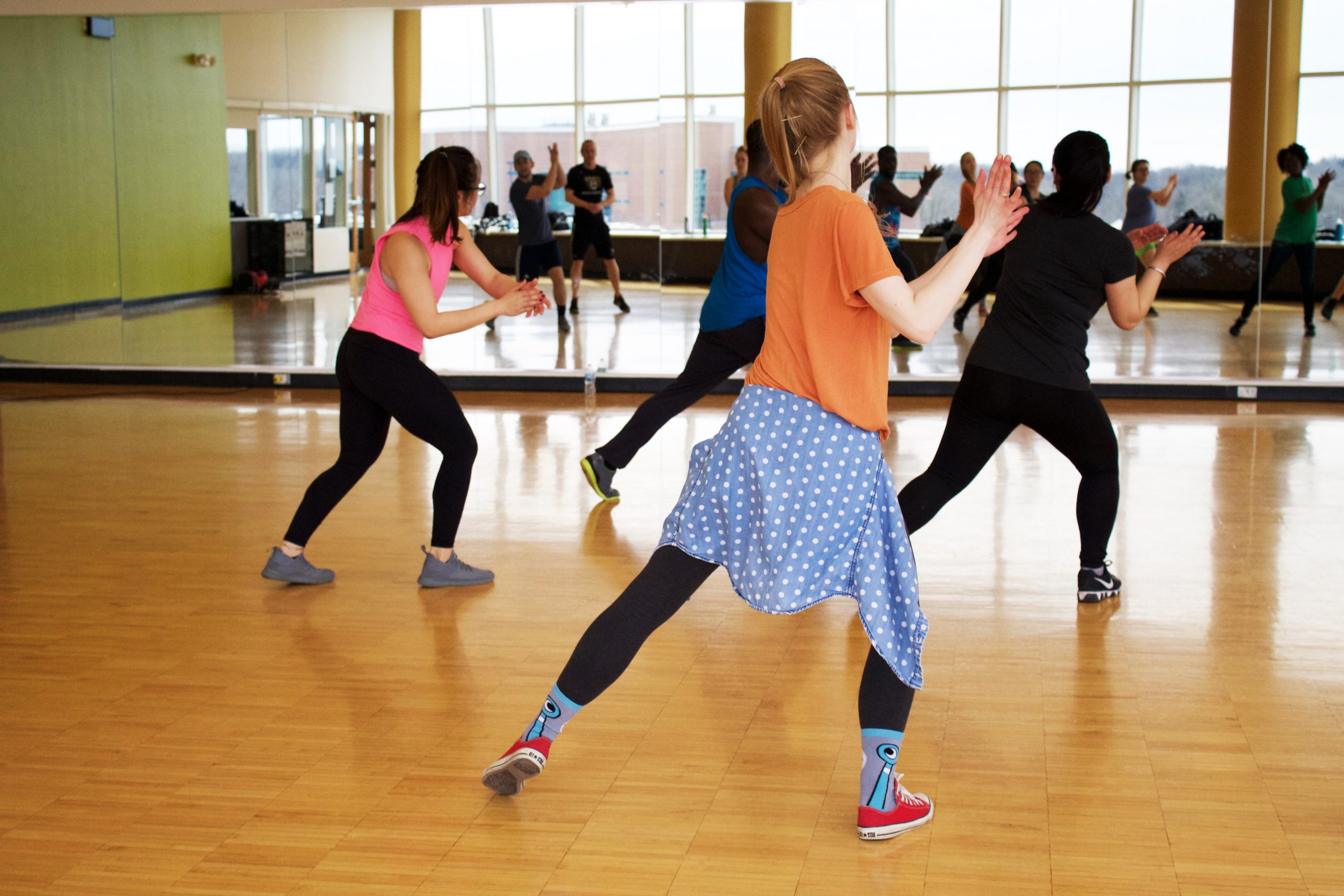Brazilian Dance, Like Walking, Promotes Mobility in Parkinson’s Patients

Highly rhythmic, Brazilian dance shows promise as a physical therapy for Parkinson’s disease, according to the results of a small clinical trial.
Over a 12-week period, practicing a dance program inspired by samba and forró (derived from the English “for all”) improved patients’ functional mobility and gait.
Those in a walking exercise comparison group, however, also showed significant gains in mobility.
The study “Can Samba and Forró Brazilian rhythmic dance be more effective than walking in improving functional mobility and spatiotemporal gait parameters in patients with Parkinson’s disease?” was published in the journal BMC Neurology.
Dance has emerged as an effective complementary therapy in Parkinson’s, helping to improve physical, psychological, and social measures.
Tango has been the most frequently studied style in therapeutic practice. A research team in Brazil investigated how two their country’s popular dance styles, done in pairs and with strong rhythmic pulses, might affect Parkinson’s motor and non-motor aspects.
Researchers with the Federal University of Rio Grande do Sul, in Porto Alegre, compared a samba- and forró-inspired dance program to that of a walking exercise in a small clinical trial (NCT03370315) of 18 patients, with an average age of 68.6.
All had been diagnosed with Parkinson’s for at least one year, were undergoing regular medical treatment, and were able to walk independently.
Twelve people chose to be part of the dancing group, and six others went into the walking group.
Those in the dancing program attended 24 one-hour sessions, twice a week for 12 weeks. Those in the walking program had the same number of sessions on an outdoor 400 meter track.
At baseline, or the study’s beginning, the two groups differed in that those assigned to the dancing program showed lesser motor impairment than those assigned to the walking program, as measured using the Unified Parkinson’s Disease Rating Scale (UPDRS) III. Average UPDRS III scores for the dancing group were 13.5, and 23.8 among those assigned to walking.
Following the two programs, people in both groups showed significant improvement in timed-up-and-go (TUG) tests — used to assess one’s mobility and balance — at self-selected speeds and at fast speeds compared to times recorded before the interventions.
“[I]n the present study, dance was as effective as walking in improving functional mobility,” the researchers wrote.
Investigators also measured participants’ stride frequency, step time, and swing time at self-selected and fast speeds.
Those in the dancing group tended to increase their stride frequency at the self-selected speeds. At fast speed, the dancers showed a lesser swing time, while that of the walkers had increased. (Swing time refers to the period of time that the foot is off the ground when a person is moving forward.)
The investigators noted that reductions in swing time are directly related to increases in step frequency, and may also be related to faster walking speeds.
At fast speed, both groups demonstrated reductions in step time and double-support walking, or the phase of walking where both feet are on the ground and supporting the body. These findings suggesting that both programs were of benefit to patients.
As the two exercise programs appeared to provide different benefits, the investigators suggest that individuals with Parkinson’s may benefit from diverse activities that can offer both well-being and pleasure.
A majority of study participants, they noted, asked to continue their activities in university extension projects, indicating good adherence to the therapy programs.
“The results of this study are a positive resource because they describe the value and/or benefits of two activities with different resources as complementary therapy,” the researchers wrote. “Engagement in the practice of exercise is extremely important for better functional gains in this patient population.
“In this sense, it is essential to find different activities that can offer benefits to individuals … so that they can engage in the one that best ensures well-being and pleasure,” the team concluded.






